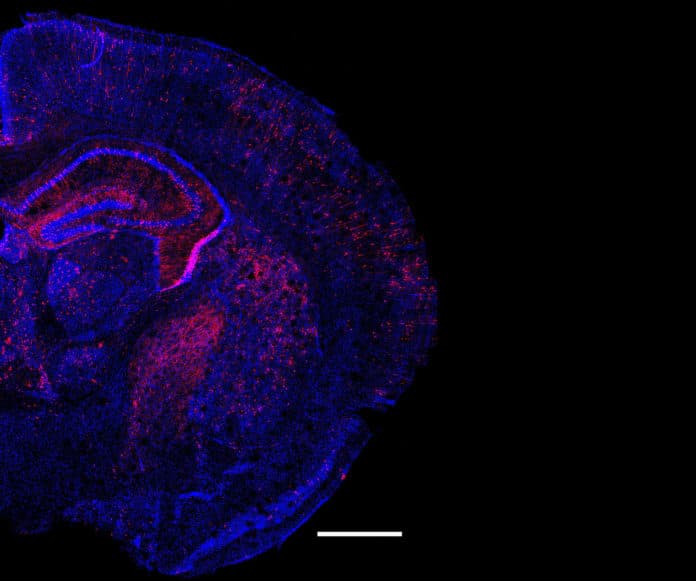For many years, genetic studies have identified many risk genes associated with the development of autism spectrum disorder.
Now, scientists at Harvard University, the Broad Institute of MIT and Harvard, and MIT have identified potential biological mechanisms underlying autism spectrum disorder.
The method called ”Perturb-Seq” searches for the function of many different genes in many different cell types at once, in a living organism. Using Perturb-Seq, scientists studied dozens of genes that are associated with an autism spectrum disorder. They identified how specific cell types in the developing mouse brain are impacted by mutations.
Co-senior author Paola Arlotta, the Golub Family Professor of Stem Cell and Regenerative Biology at Harvard, said, “For many years, genetic studies have identified a multitude of risk genes that are associated with the development of autism spectrum disorder. The challenge in the field has been to make the connection between knowing what the genes are, to understand actually affect cells and ultimately, behavior.”
“We applied the Perturb-Seq technology to an intact developing organism for the first time, showing the potential of measuring gene function at scale to understand a complex disorder better.”
Scientists wanted to investigate gene function at a large scale. For this, they combined two powerful genomic technologies. Using CRISPR-Cas9 genome editing, they could make precise changes, or perturbations, in 35 different genes linked to autism spectrum disorder risk.
Later, they change in the developing mouse brain using single-cell RNA sequencing, which allowed them to see how gene expression changed in over 40,000 individual cells.
They observed individual cells’ levels and compared how the risk genes affected different cell types in the cortex responsible for complex functions, including cognition and sensation. They analyzed networks of risk genes together to find common effects.
Xin Jin, the lead author of the study and a Junior Fellow of the Harvard Society of Fellows, said, “We found that both neurons and glia — the non-neuronal cells in the brain — are directly affected by different sets of these risk genes. Genes and molecules don’t generate cognition per se — they need to impact specific cell types in the brain to do so. We are interested in understanding how these different cell types can contribute to the disorder.”
To get a sense of the model’s potential relevance to humans’ disorder, the researchers compared their results to data from post-mortem human brains. In general, they found that in the post-mortem human brains with an autism spectrum disorder, some of the critical genes with altered expression were also affected in the Perturb-seq data.
Jin said, “We now have a really rich dataset that allows us to draw insights, and we’re still learning a lot about it every day. As we move forward with studying disease mechanisms in more depth, we can focus on the cell types that may be really important.”
Arlotta said, “The field has been limited by the sheer time and effort that it takes to make one model at a time to test the function of single genes. We have shown the potential of studying gene function in a developing organism in a scalable way, which is an exciting first step to understanding the mechanisms that lead to autism spectrum disorder and other complex psychiatric conditions and eventually develop treatments for these devastating conditions. Our work also paves the way for Perturb-Seq to be applied to organs beyond the brain, to enable scientists to understand better the development or function of different tissue types, as well as pathological conditions.”
Zhang said, “Through genome sequencing efforts, a very large number of genes have been identified that, when mutated, are associated with human diseases. Traditionally, understanding the role of these genes would involve in-depth studies of each gene individually. By developing Perturb-seq for in vivo applications, we can start to screen all of these genes in animal models in a much more efficient manner, enabling us to understand mechanistically how mutations in these genes can lead to disease.”
Journal Reference:
- Xin Jin et al. In vivo Perturb-Seq reveals neuronal and glial abnormalities associated with autism risk genes. DOI: 10.1126/science.aaz6063
